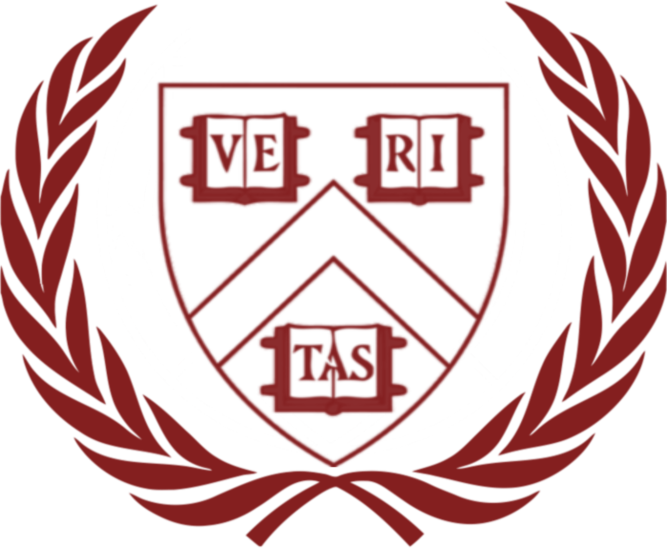Blog Post: The Role Conversation within Indigenous Territories
The United Nations Biodiversity Conference (COP15) ended in Montreal, Canada on December 19th with a landmark agreement that hopes to guide global efforts on nature through the next decade. The agreement aims to preserve biodiversity globally by calling states to commit to declaring 30% of the Earth protected for conservation by 2030 under the Kunming-Montreal Global Biodiversity Framework (GBF). The “30-by-30” plan addresses imminent environmental issues such as biodiversity loss, restoring global ecosystems, and, most relevantly, protecting indigenous rights. Yet, according to indigenous advocates, COP15 negotiations are woefully behind in addressing the concerns of native people.
Indigenous peoples play a significant role in environmental conservation as, despite only accounting for 6% of the world’s population, their lands safeguard about 80% of Earth's remaining biodiversity. Thus, international environmental policies have an inevitable and immediate impact on native communities. However, agreements like the GBF frequently fall short of explicitly recognizing indigenous peoples’ lands and territories, which ultimately threatens their land rights. While indigenous groups have limited authority over their territories, they often depend on these environments for their livelihoods. With no formal recognition under the GBF, some fear the 30-by-30 target could be used by states to take away indigenous land under the guise of conservation.
Unfortunately, conservation philosophy has been routinely used as a method of perpetrating numerous forms of abuse towards indigenous groups throughout the world. Botswana, for example, announced a “shoot-on-sight” policy on poachers within a well-known indigenous region home to the native Sans. The policy was enforced to deter poaching and illegal wildlife trading, yet no endangered species inhabit the area. Instead, Botswanan armed guards have arrested, beaten, and killed numerous Sans bushmen. Cases of the misuse of conservation policy have been seen in numerous countries, specifically in ethically diverse countries such as Kenya, Uganda, Bangladesh, Ethiopia, South Africa, Argentina, and Ecuador. As such, with the 30-by-30 target in mind, yet no official recognition of native lands, the future of indigenous communities in a new era of conservation is uncertain.
Moving forward, as a member of the HNMUN Human Rights Council, it is important to understand how policies unrelating to indigenous rights can play a substantial role on the status and well-being of native people. This committee will focus on highlighting these areas of contention, in which the autonomy of indigenous communities are infringed. To propose policy in this regard, one might ask themselves, what areas of commercial activity are vitally threatening indigenous territories? How should states be held accountable if found responsible for native exploitation? When and how should states return stolen native land, and how will such a process be safeguarded? What is the role of the UNHRC in this matter?
